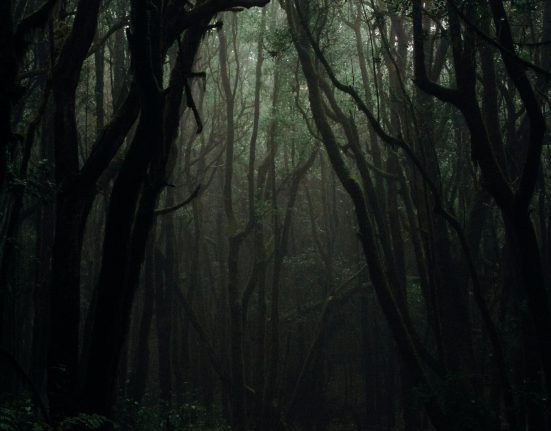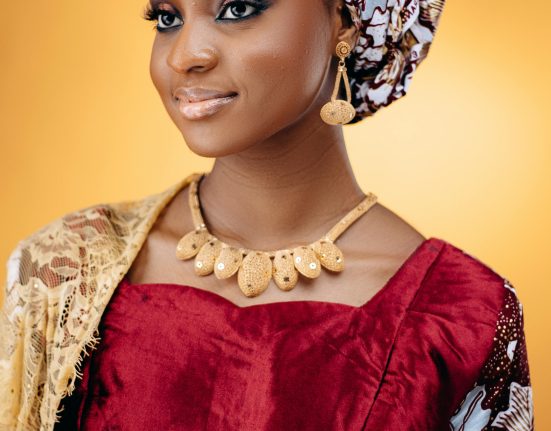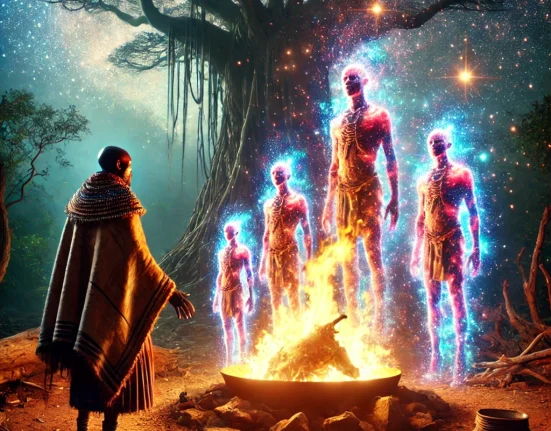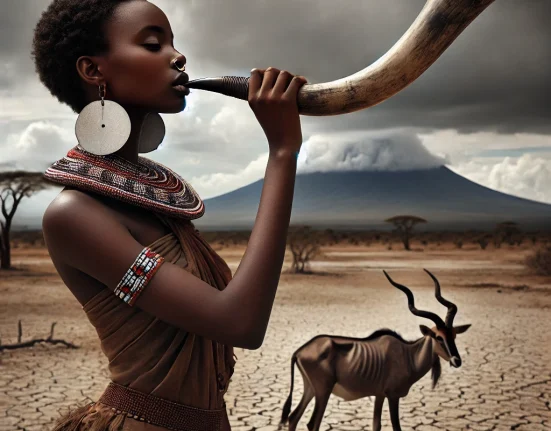Last week, the city bid farewell to one of its most unsung billionaires, the reclusive Gerald Gikonyo Kanyuira. Many Kenyans knew Gikonyo as the proprietor of the infamous Sabina Joy, also known as Karumaindo—a notorious city joint renowned for its “happy endings.” This seedy establishment is an urban legend, reputed to have never closed its doors except during the COVID-19 lockdown.
What many do not know is that Gikonyo owned stakes in numerous establishments run by unassuming men from Murang’a. These entrepreneurs came to the city with nothing but fire in the bellies denoting their will to succeed. Jointly with other well wheeled city honchos, Gikonyo presided over a significant chunk of that part of River Road archipelago which went by the moniker ‘Little Murang’a’ back in the day.
Born in the cold hamlet of Wanjerere in Murang’a County early last century, Gikonyo was one of the last Rwathia pioneers who came, saw, and conquered the city. At their peak, the Rwathia group of companies controlled numerous famous joints in Nairobi, including Eureka, Rwathia Njogu-ini, Kinangop, New Nyanza, Magomano, Princess, Timboroa (formerly Soi), Bamboo, Alfa, and Mercury.
This reclusive group of tycoons also owns several city buildings with Murang’a names like Kayu and Mioro. In nearby Thika town, they run establishments like Fulilia. The Rwathia name can be found in far flung towns like Nakuru and in sprawling farms in Nyandarua county.
How did these Murang’a entrepreneurs come to dominate the city? How did they edge out the Kiambu folks, who had a head start due to their proximity to power and the city? This would make an intriguing research topic for any MBA student.
Before its sons came to run the city, Murang’a was already infamous. According to Fr. Joachim Gitonga, a 92-year-old retired Catholic priest, the name Murang’a is derived from a Maa word meaning “a place of bad people.” The imperial Maasai, with their insatiable thirst for cattle, gave the region this derogatory moniker due to its treacherous hills, which made its people hard to raid.
Despite its name, several factors gave Murang’a a head start in the early twentieth century. In his PhD thesis titled “A Political History of Murang’a District, 1900-1970: A Study of Society and Politics,” the late Dr. Mukaru Ng’ang’a argues that the introduction of wattle tree farming in the alpine area of Murang’a bordering the Aberdares gave the region an economic boost. The first wattle seed supply in Kenya, he posits, was in Murang’a District in Chief Karuri’s location. The seeds were brought from Natal by John Boyes-a daredevil adventurer- between 1898 and 1901.
Fr. Joachim Gitonga corroborates this in his book “The Paramount Chief Karuri Gakure,” adding that wattle was introduced to the region by Paramount Chief Karuri Gakure, who was given the seeds by a white man to plant in his Tuthu backyard.
In 1917, the District Commissioner in Murang’a started a wattle planting campaign, distributing seeds to peasant farmers through chiefs and headmen. By the 1930s, the wattle trees matured, and their owners realized substantial income selling the trees to the railway. Gradually, a peasant bourgeoisie emerged in the region.
These were the pioneers who later ventured to Nairobi and registered Kenya Fuel and Bark Supplying Company in the 1940s. Gerald Gikonyo, the first black Kenyan to own a car, was part of this visionary group. Pooling their resources, they ventured into businesses like transport, with Gikonyo investing in Mwinjoyo Bus Services, bringing many dreamy eyed young men from Murang’a to Nairobi to seek their fortunes.
During the Mau Mau uprising, Murang’a was a key battleground, with its sons like General Kago Mboko, who shared a village with Gikonyo, playing leading roles. After independence, Murang’a businessmen took advantage of the rapid Africanization period, venturing into alcohol, real estate, hospitality, and transport.
The story of Rwathia businessmen mirrors the English folklore of Dick Whittington, a wealthy merchant who rose from poverty through grit and hard work. As a child, Dick dreamed of London, a city whose streets were allegedly paved with gold. When he arrived there, he found a cold, rat-infested place. However, he made a surprising fortune by selling his cat to a city overrun with rats.
Like Whittington, the Murang’a investors came to the burgeoning city, finding masses in need of food, shelter, and entertainment. Through acquiring liquor distribution and hotel licenses, these progressive merchants made a fortune capitalizing on the city’s thirst for tipple, good tastes and upmarket life.
By the 1970s, Murang’a’s dominance in Nairobi’s business scene was cemented by its three illustrious sons. Dr. Gikonyo Kiano, Kenyatta’s Minister for Commerce and Industry, provided essential connections for business success. The late Hon. John Michuki, at the helm of Kenya Commercial Bank, facilitated access to capital to entrepreneurs hungry for capital and a portion of the city.
Hon. Maina Wanjigi led the Industrial and Commercial Development Corporation (ICDC), overseeing the Africanisation of distribution through the Kenya National Trading Company (KNTC), benefiting businessmen from his backyard Murang’a. These factors, along with others such as thrift, frugality, and extensive networking, propelled the Murang’a investors to the pinnacle of success in the city.
However, the city is changing and so are the fortunes of Murang’a investors. Somali businessmen are buying out estate from the third-generation owners. Soon, Murang’a names dotting River Road may be replaced with exotic names from Habaswein, Garissa, and Wajir. Only time will tell.







